Research Group Hunger

Our group is exploring applications of optical microcavities in the fields of solid state quantum optics, optical sensing, microscopy, spectroscopy, and optomechanics.
Enhanced light-matter interactions allow one to realize efficient optical interfaces at the single quantum level, and enable novel schemes for spectroscopy and sensing. We employ and further develop fiber-based Fabry-Perot microcavities, which combine microscopic mode volumes with exceptionally high quality factors, and at the same time offer open access for a variety of samples. We use this highly flexible platform e.g. to realize a coherent spin-photon interface for NV centers in diamond, to read out and control individual rare earth ions as qubits, and to perform cavity-enhanced sensing and spectroscopy of nanosystems also in liquid environments.
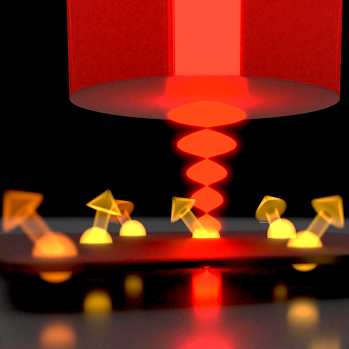
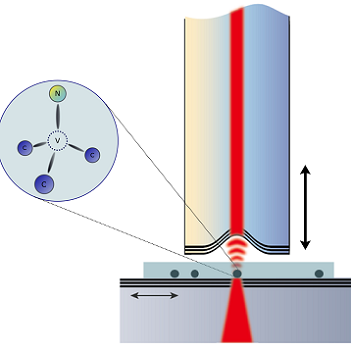
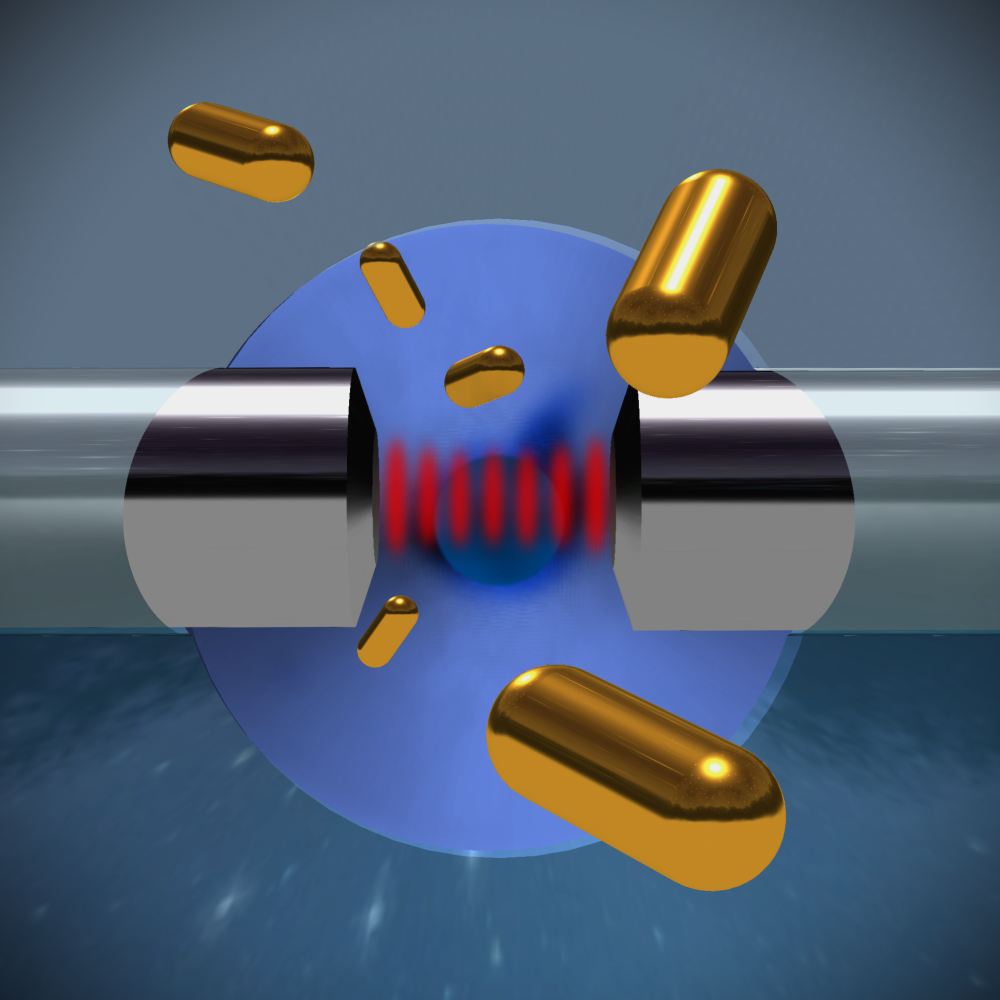
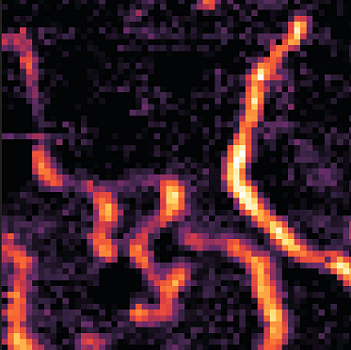
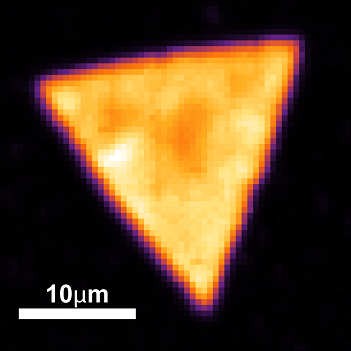
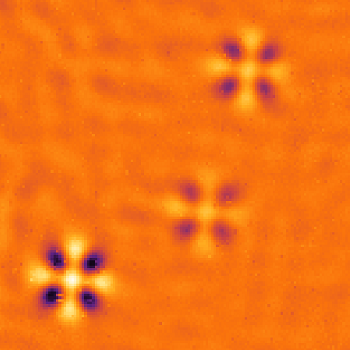
News
- 02/20: new publication in collaboration with Ferdinand Schmidt-Kaler: Cryogenic platform for coupling color centers in diamond membranes to a fiberbased microcavity, arXiv:2002.08304
- 01/20: new publication in collaboration with Hugues de Riedmatten: Dynamic control of Purcell enhanced emission of erbium ions in nanoparticles, arXiv:2001.08532
- 10/19: From our group emerges the spin-off Qlibri, developing stable optical fiber micro cavities for quantum optics and cavity enhanced absorption microscopes.
- 10/19: We could explain artefacts in scanning cavity microscopy, see the new paper.
- 09/19: Our paper on Polaritons in WS2 is (finally!) published
- 8/19: We have hosted the Quantum Futur Academy with more than 30 participants.
- 7/19: We have hosted the SQUARE summer school with 60 participants.
- 11/18: The Max Planck School of Photonics has launched, with a first call for students opened until 15.12.2018. We are participating and offer a PhD project within the school!
- 10/18: The Quantum Flagship is now officially announced, and with it the project SQUARE where we are part of. Have a look at the press release and webpage SQUARE.
- 10/18: Press release for the quantum repeater project q.link.x online: link
- 10/18: Quantum Flagship Kickoff announced (link): We will be part of it! Press release to come soon
- 09/18: Paper accepted: B. Casabone et al., Cavity-enhanced spectroscopy of a few-ion ensemble in Eu:Y2O3, New Journal of Physics, http://iopscience.iop.org/article/10.1088/1367-2630/aadf68
- 09/18: Paper published: B. T. Walker et al., Driven-dissipative Bose-Einstein condensation of just a few photons, Nature Physics, https://www.nature.com/articles/s41567-018-0270-1
- 08/18: BMBF-founded project "Quantum Link Extended" (q.link.x) has started. We will contribute to realize a quantum repeater link based on color centers in diamond within Germany.
- new publication: C. Gebhardt et al., Polariton hyperspectral imaging of two-dimensional semiconductor crystals, https://arxiv.org/abs/1803.08690
- new publication: B. Casabone et al., Cavity-enhanced spectroscopy of a few-ion ensemble in Eu:Y2O3, https://arxiv.org/abs/1802.06709
- new publication: P. R. Dolan et al., Robust, tunable, and high purity triggered single photon source at room temperature using a nitrogen-vacancy center defect in diamond in an open microcavity, Optics Express 26, 7056 (2018)
- new publication: B. T. Walker et al., Driven-dissipative Bose-Einstein condensation of just a few photons, https://arxiv.org/abs/1711.11087
- new publication: M. Förg et al., Cavity-control of bright and dark interlayer excitons in van der Waals heterostructures: https://arxiv.org/abs/1710.00990
- Since mid of October 2017 our labs are (almost) ready and first experiments are running!
- On 27. and 28.09.2017 we hosted the annual Rare Earth Ion Workshop with about 60 participants.


